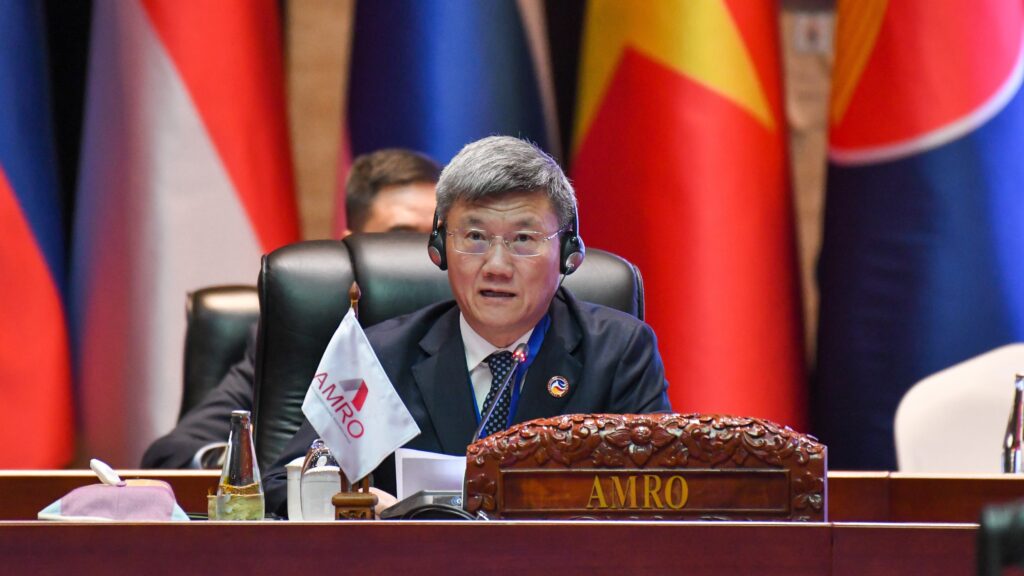
Esteemed ASEAN+3 leaders,
1. It is my great honor to present AMRO’s assessment of our region’s outlook.
Near-term outlook and risks for ASEAN+3
2. The ASEAN+3 economies have proven resilient in the past several years. The region recovered robustly from the pandemic and has maintained solid growth despite strong headwinds. This year, the region is expected to grow by 4.2%, before improving to 4.4% next year. This strong performance is driven by firm domestic demand and improving external demand.
3. Inflation remains well-contained in our region. Headline inflation is projected to moderate in 2024 before a slight uptick in 2025, reflecting the effectiveness of our monetary and fiscal policies and the easing of past price shocks.
4. However, there are many uncertainties. Our outlook could be derailed by an escalation of protectionist policies, a resurgence of inflation, and a sharp slowdown in major global economies.
5. Our region’s strong macroeconomic fundamentals have enabled us to weather the pandemic crisis and other intermittent shocks thus far. In the near term, we must continue to anchor price stability, address vulnerabilities, and rebuild policy space to prepare for future challenges.
Longer-term challenges for the region
6. Home to one-third of the world’s population and contributing 44% of global GDP, ASEAN+3 would continue being one of the fastest-growing regions—expanding by more than 4% for the rest of this decade.
7. However, we must address some major challenges to fully realize our potential:
a. First, the global landscape is increasingly complex. Protectionist policies threaten to undo the progress of globalization that has delivered prosperity to our regional economies. The region must resist this trend and remain committed to the rules-based multilateral trading system.
b. Second, global value chains are increasingly fragmented and reconfigured in response to geopolitical forces. In this environment, we must leverage our region’s position as key nodes in global value chains to drive future growth and resilience.
c. Third, we face structural challenges, such as rapid population aging and climate change. These issues demand urgent and innovative solutions. For example, we can transform our “demographic dividend” into a “longevity dividend” by reimagining our workforce and social infrastructure. We should also leverage advanced technologies to enhance productivity and foster not only growth—but quality growth.
8. Many of the challenges we face transcend national borders and demand collective action. In a fragmenting world, our region must be a stabilizing and unifying force.
AMRO’s roles in the region
9. I’m pleased to report that, with the support from all member economies, AMRO has greatly expanded and improved its surveillance capacity in the past few years. The region’s financial safety net has also been strengthened. The Chiang Mai Initiative Multilateralisation (CMIM) is now operationally ready, and the new Rapid Financing Facility would provide vital support to members hit by sudden external shocks.
10. AMRO’s rapid growth and its role in contributing to macroeconomic stability and resilience in the region is a testament of the strong spirit of regional cooperation and goodwill. I thank all of you for your guidance and continuous support to AMRO.
Thank you.
